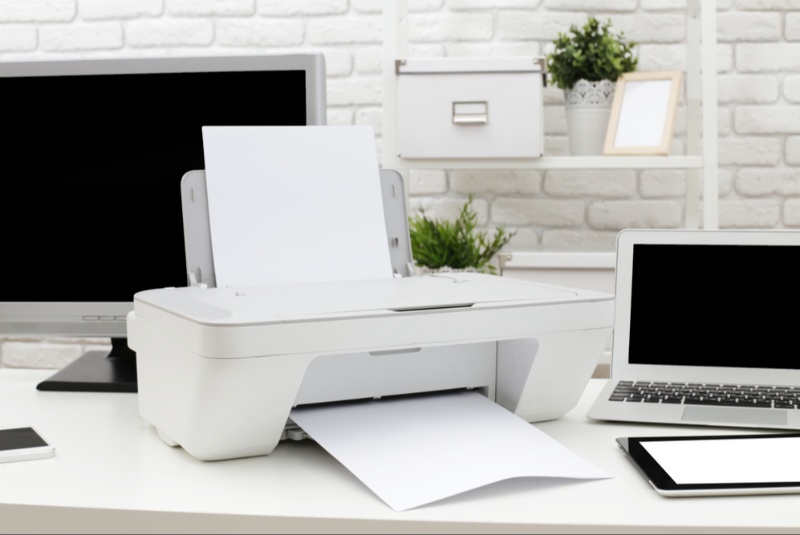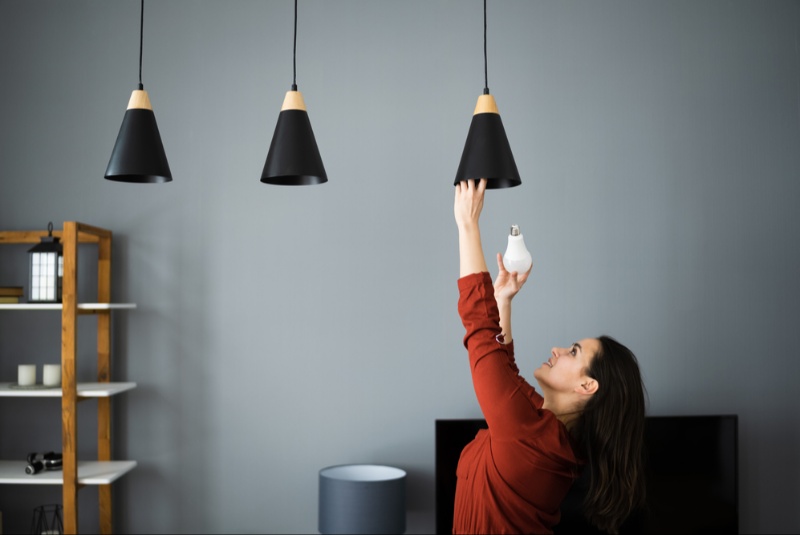In today's digital landscape, printers continue to play a crucial role in transforming virtual documents and designs into tangible outputs. Whether you're a student, a small business owner, or someone looking to streamline tasks at home, having the right printer can be a valuable investment. However, with the plethora of printer options available on the market, choosing the one that suits your needs can be a daunting task. To assist you in making an informed decision, we will explore essential tips to consider when buying a printer.
1. Understand Your Needs
The first and most critical step in buying a printer is understanding your specific needs. Your printing requirements should dictate the type of printer that will best serve you. Consider factors such as:
- Volume of Printing: How often do you need to print? Are you printing occasionally or frequently? The volume of printing you anticipate is a key factor in selecting the right printer.
- Type of Prints: What will you be printing? Basic text documents, high-resolution images, or a combination of both? Knowing the type of prints you need will influence the printer's specifications.
If your printing needs are basic, like printing simple text documents or occasional photos, a basic inkjet printer may be suitable. However, if you plan to print high-resolution images or have a business with high printing volumes, a laser printer might be the better choice due to its speed and lower cost per page.
2. Inkjet vs. Laser Printers
One of the primary decisions you'll need to make is choosing between inkjet and laser printers. Each type has its advantages and is better suited for specific tasks:
- Inkjet Printers: These printers are versatile and capable of producing high-quality photos and documents. They are generally more affordable and come in compact sizes, making them suitable for home offices and small workspaces.
- Laser Printers: Laser printers are known for their speed and efficiency, making them ideal for offices or businesses that require high-volume printing. They offer sharp text output and have a lower cost per page compared to inkjet printers.
The choice between inkjet and laser printers ultimately depends on your printing needs, with inkjet being better for color and photo printing and laser being more efficient for high-volume, text-based printing.
3. Multifunction or Single-Function
Consider whether you need a multifunction printer (MFP), also known as an All-in-One printer, or a single-function printer.
- Multifunction Printers (MFPs): These versatile printers can scan, copy, and sometimes fax, in addition to printing. MFPs are cost-effective as they integrate several functions into one device, saving space and potentially reducing overall costs if you need these additional functions.
- Single-Function Printers: If you already have separate devices for scanning and copying, a single-function printer that focuses solely on printing may be sufficient and cost-effective.
The choice between an MFP and a single-function printer depends on your workflow and whether you require the additional features offered by MFPs.
4. Connectivity Options
In today's age of connectivity, printers offer various connectivity options to cater to different user needs. When buying a printer, consider the following connectivity options:
- USB: Most printers come with a USB port, allowing you to connect directly to a computer or laptop. This is a standard feature on almost all printers.
- Ethernet: If you need to connect the printer to a network or multiple computers in an office setting, an Ethernet port can be essential for wired network connections.
- Wireless (Wi-Fi): Wi-Fi-enabled printers provide the convenience of wireless printing from multiple devices, including smartphones and tablets. This is increasingly important in modern smart home and office environments.
Ensure that the printer you choose is compatible with your existing devices and network configurations, whether you prefer a wired or wireless connection.

5. Printer Resolution
Printer resolution, measured in dots per inch (DPI), is a crucial factor that determines the clarity and detail level of your prints. The appropriate DPI depends on the type of prints you will be producing:
- For regular text documents, a lower DPI (around 600 DPI) is generally satisfactory.
- If you plan to print high-quality photos or images, consider a printer with a higher resolution, around 2400 DPI or more, to ensure finely detailed prints.
Choosing the right DPI is essential to meet your print quality expectations, especially when it comes to images and graphics.
6. Printing Speed
If you frequently print large documents, the speed of your printer becomes a critical consideration. Printing speed is typically measured in pages per minute (PPM), and different printers offer varying speeds. In general, laser printers tend to offer higher PPM compared to inkjet printers. If your workflow requires fast document printing, a printer with higher PPM can significantly improve efficiency.
7. Brand and Model Reliability
Not all printers are created equal, and the reliability of a brand and model is an essential factor to consider. It's a good idea to research and choose a brand and model known for its reliability and durability. Reading user reviews and seeking expert opinions can provide valuable insights into a printer's performance over time. A reliable printer can save you from the inconvenience of frequent breakdowns and maintenance.
8. Total Cost of Ownership
While the initial purchase cost is essential, it's equally important to consider the total cost of ownership. This includes ongoing expenses such as ink or toner cartridges, maintenance, and power consumption. Sometimes, a cheaper printer may end up being more expensive in the long run due to high cartridge costs or frequent repairs. Assessing the total cost of ownership helps you make a more informed decision about the long-term affordability of the printer.
9. Eco-Friendly Features
Modern printers often come with eco-friendly features that can contribute to sustainability. Some of these features include:
- Duplex Printing: This feature allows you to print on both sides of the paper, reducing paper consumption and waste.
- Energy Efficiency: Look for printers that are Energy Star certified, as they consume less energy during operation, helping you reduce your carbon footprint.
Selecting a printer with eco-friendly features not only benefits the environment but can also lead to cost savings in the long run.
10. Warranty and Support
Lastly, it's essential to consider the warranty and support services provided by the manufacturer. A printer with a good warranty period is indicative of the manufacturer's confidence in the product's quality and durability. Adequate customer support and service options can be invaluable if you encounter any issues or need assistance with your printer.
In conclusion, purchasing a printer is a significant decision that requires careful consideration of your specific needs and preferences. By evaluating factors such as your printing volume, type of prints, connectivity requirements, resolution, printing speed, brand reliability, total cost of ownership, eco-friendly features, and warranty, you can make an informed choice that aligns with your demands and budget.
Remember that the best printer for you is the one that seamlessly integrates into your workflow and caters to your specific requirements. Take the time to research and choose wisely to ensure a smooth, efficient, and productive printing experience, whether you're a student, a small business owner, or simply looking to enhance your printing capabilities at home.




